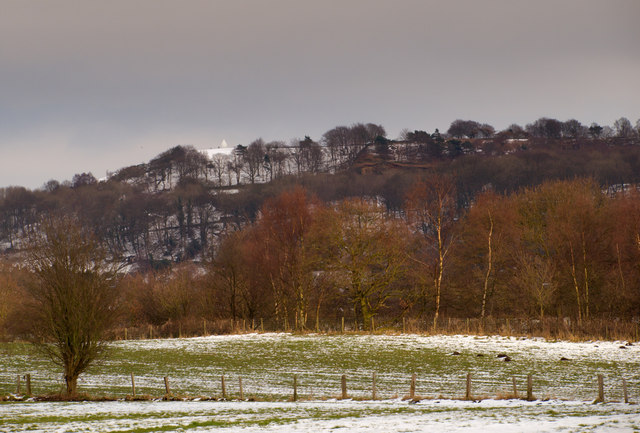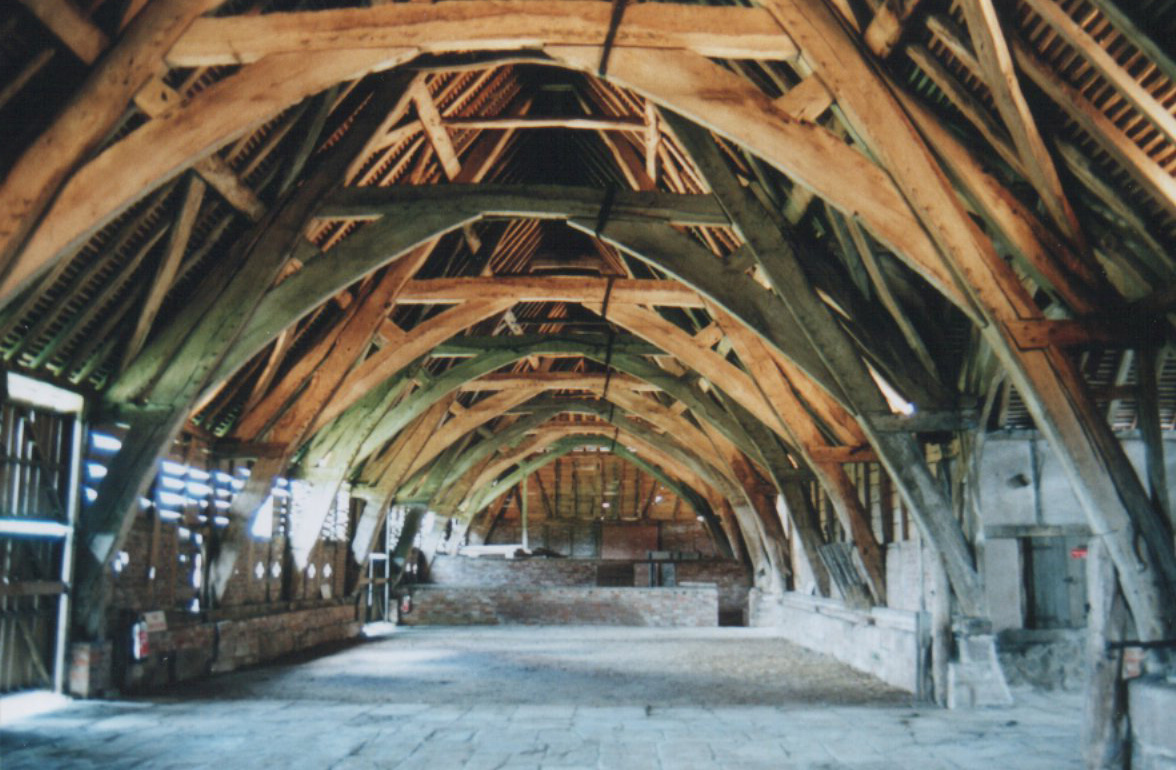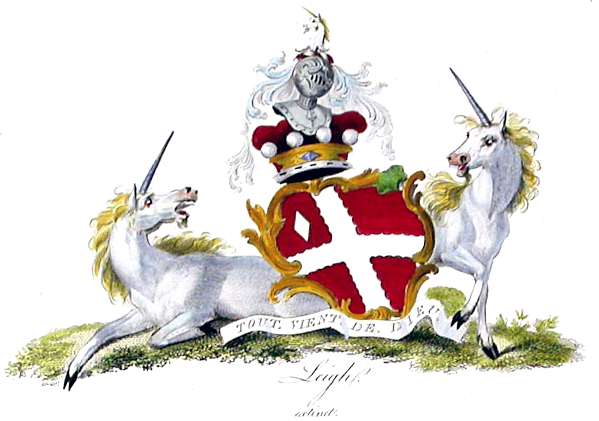|
Listed Buildings In Disley
Disley is a civil parish in Cheshire East, England. It contains 56 buildings that are recorded in the National Heritage List for England as designated listed buildings. Of these, one is listed at Grade II*, the middle grade, and the others are at Grade II. Apart from the village of Disley, the parish is rural. The Peak Forest Canal, and the River Goyt run through the parish. There are four listed bridges associated with these waterways, three over the canal, and one over the river. Lyme Park lies mainly in the adjacent parish of Lyme Handley, but two of its entrances lie within Disley parish, including listed lodges and gate piers. Otherwise, most of the listed buildings are houses, cottages, farmhouses and farm buildings. The other listed items include a church and associated structures, public houses, a drinking fountain, a war memorial, a milestone, and a telephone kiosk. Key Buildings See also *Listed buildings in Stockport Stockport is a town in the ... [...More Info...] [...Related Items...] OR: [Wikipedia] [Google] [Baidu] |
Disley
Disley is a village and civil parish in Cheshire, England. It is located on the edge of the Peak District in the Goyt valley, south of Stockport and close to the county boundary with Derbyshire at New Mills. The population at the 2011 Census was 4,294. To the north, the River Goyt and the Peak Forest Canal, which opened in 1800, pass along the edge of the village. Today, it is a dormitory village retaining a semi-rural character. The parish includes part of the neighbouring village of Newtown, the bulk of which is in Derbyshire. History Its Anglo-Saxon name was ''Dystiglegh'', meaning "wood or clearing by a mound" or possibly "windy settlement". In the 13th century, in the time of Edward I, there are references to confirmatory grants of land made to Jordan de Dystelegh of Disley Hall and Roger de Stanley-de-Dystelegh of Stanley Hall in the district, pointing to even older local settlements. It later had the name ''Dystelegh''. Disley was the home of several farmsteads, incl ... [...More Info...] [...Related Items...] OR: [Wikipedia] [Google] [Baidu] |
Sandstone
Sandstone is a clastic sedimentary rock composed mainly of sand-sized (0.0625 to 2 mm) silicate grains. Sandstones comprise about 20–25% of all sedimentary rocks. Most sandstone is composed of quartz or feldspar (both silicates) because they are the most resistant minerals to weathering processes at the Earth's surface. Like uncemented sand, sandstone may be any color due to impurities within the minerals, but the most common colors are tan, brown, yellow, red, grey, pink, white, and black. Since sandstone beds often form highly visible cliffs and other topographic features, certain colors of sandstone have been strongly identified with certain regions. Rock formations that are primarily composed of sandstone usually allow the percolation of water and other fluids and are porous enough to store large quantities, making them valuable aquifers and petroleum reservoirs. Quartz-bearing sandstone can be changed into quartzite through metamorphism, usually r ... [...More Info...] [...Related Items...] OR: [Wikipedia] [Google] [Baidu] |
Timber-framed
Timber framing (german: Holzfachwerk) and "post-and-beam" construction are traditional methods of building with heavy timbers, creating structures using squared-off and carefully fitted and joined timbers with joints secured by large wooden pegs. If the structural frame of load-bearing timber is left exposed on the exterior of the building it may be referred to as half-timbered, and in many cases the infill between timbers will be used for decorative effect. The country most known for this kind of architecture is Germany, where timber-framed houses are spread all over the country. The method comes from working directly from logs and trees rather than pre-cut dimensional lumber. Hewing this with broadaxes, adzes, and draw knives and using hand-powered braces and augers (brace and bit) and other woodworking tools, artisans or framers could gradually assemble a building. Since this building method has been used for thousands of years in many parts of the world, many sty ... [...More Info...] [...Related Items...] OR: [Wikipedia] [Google] [Baidu] |
Stanley Hall, Disley
Stanley may refer to: Arts and entertainment Film and television * ''Stanley'' (1972 film), an American horror film * ''Stanley'' (1984 film), an Australian comedy * ''Stanley'' (1999 film), an animated short * ''Stanley'' (1956 TV series), an American situation comedy * ''Stanley'' (2001 TV series), an American animated series Other uses in arts and entertainment * ''Stanley'' (play), by Pam Gems, 1996 * Stanley Award, an Australian Cartoonists' Association award * '' Stanley: The Search for Dr. Livingston'', a video game * Stanley (Cars), a character in ''Cars Toons: Mater's Tall Tales'' * ''The Stanley Parable'', a 2011 video game developed by Galactic Cafe, and its titular character, Stanley Businesses and organisations * Stanley, Inc., American information technology company * Stanley Aviation, American aerospace company * Stanley Black & Decker, formerly The Stanley Works, American hardware manufacturer ** Stanley knife, a utility knife * Stanley bottle, a brand of ... [...More Info...] [...Related Items...] OR: [Wikipedia] [Google] [Baidu] |
Casement Window
A casement window is a window that is attached to its frame by one or more hinges at the side. They are used singly or in pairs within a common frame, in which case they are hinged on the outside. Casement windows are often held open using a casement stay. Windows hinged at the top are referred to as awning windows, and ones hinged at the bottom are called hoppers. Overview Throughout Britain and Ireland, casement windows were common before the sash window was introduced. They were usually metal with leaded glass, which refers to glass panes held in place with strips of lead called cames (leaded glass should not be confused with lead glass, which refers to the manufacture of the glass itself). These casement windows usually were hinged on the side, and opened inward. By the start of the Victorian era, opening casements and frames were constructed from timber in their entirety. The windows were covered by functional exterior shutters, which opened outward. Variants of case ... [...More Info...] [...Related Items...] OR: [Wikipedia] [Google] [Baidu] |
Bay (architecture)
In architecture, a bay is the space between architectural elements, or a recess or compartment. The term ''bay'' comes from Old French ''baie'', meaning an opening or hole."Bay" ''Online Etymology Dictionary''. http://www.etymonline.com/index.php?allowed_in_frame=0&search=bay&searchmode=none accessed 3/10/2014 __NOTOC__ Examples # The spaces between posts, columns, or buttresses in the length of a building, the division in the widths being called aisles. This meaning also applies to overhead vaults (between ribs), in a building using a vaulted structural system. For example, the Gothic architecture period's Chartres Cathedral has a nave (main interior space) that is '' "seven bays long." '' Similarly in timber framing a bay is the space between posts in the transverse direction of the building and aisles run longitudinally."Bay", n.3. def. 1-6 and "Bay", n.5 def 2. ''Oxford English Dictionary'' Second Edition on CD-ROM (v. 4.0) © Oxford University Press 2009 # Where t ... [...More Info...] [...Related Items...] OR: [Wikipedia] [Google] [Baidu] |
Kerridge
Kerridge is a village in Cheshire, England, part of the parish of Bollington. Kerridge borders the neighbouring parish of Rainow. It gives its name to Kerridge Ridge – one of the western foothills of the Pennines – by which it stands. It is overlooked by the local landmark of White Nancy. The local industries were quarrying and cotton mill A cotton mill is a building that houses spinning (textiles), spinning or weaving machinery for the production of yarn or cloth from cotton, an important product during the Industrial Revolution in the development of the factory system. Althou ...s, of which remnants remain. On 29 February 1912, the Macclesfield Canal at Kerridge burst its banks, flooding several nearby streets. Kerridge itself comes from 'key ridge', and was known in Old English as 'Gaeg Hrycg'. References External links Local webpage [...More Info...] [...Related Items...] OR: [Wikipedia] [Google] [Baidu] |
Cruck
A cruck or crook frame is a curved timber, one of a pair, which support the roof of a building, historically used in England and Wales. This type of timber framing consists of long, generally naturally curved, timber members that lean inwards and form the ridge of the roof. These posts are then generally secured by a horizontal beam which then forms an "A" shape. Several of these "crooks" are constructed on the ground and then lifted into position. They are then joined together by either solid walls or cross beams which aid in preventing 'racking' (the action of each individual frame going out of square with the rest of the frame, and thus risking collapse). Etymology The term ''crook'' or ''cruck'' comes from Middle English ', from Old Norse ', meaning "hook". This is also the origin of the word "crooked", meaning bent, twisted or deformed, and also the crook used by shepherds and symbolically by bishops. Use Crucks were chiefly used in the medieval period for structures s ... [...More Info...] [...Related Items...] OR: [Wikipedia] [Google] [Baidu] |
Stanley Hall And Adjoining Barn
Stanley may refer to: Arts and entertainment Film and television * ''Stanley'' (1972 film), an American horror film * ''Stanley'' (1984 film), an Australian comedy * ''Stanley'' (1999 film), an animated short * ''Stanley'' (1956 TV series), an American situation comedy * ''Stanley'' (2001 TV series), an American animated series Other uses in arts and entertainment * ''Stanley'' (play), by Pam Gems, 1996 * Stanley Award, an Australian Cartoonists' Association award * '' Stanley: The Search for Dr. Livingston'', a video game * Stanley (Cars), a character in ''Cars Toons: Mater's Tall Tales'' * ''The Stanley Parable'', a 2011 video game developed by Galactic Cafe, and its titular character, Stanley Businesses and organisations * Stanley, Inc., American information technology company * Stanley Aviation, American aerospace company * Stanley Black & Decker, formerly The Stanley Works, American hardware manufacturer ** Stanley knife, a utility knife * Stanley bottle, a brand of ... [...More Info...] [...Related Items...] OR: [Wikipedia] [Google] [Baidu] |
Samuel Renn
Samuel Renn (10 June 1786 – 11 January 1845) was an English organ builder who ran a business in Stockport, and later he traded in Manchester. The surviving instruments are mainly in churches, although a house organ is also known. Renn was born in Kedleston, Derbyshire, where his father was employed at Kedleston Hall. In 1799 he was apprenticed to his uncle, James Davis, an organ builder in London. Renn became his foreman and supervised organ installations and maintenance in London and in Lancashire. When Davis retired Renn went into partnership with John Boston and traded as Renn & Boston in Stockport from 1822 to 1825 and then in Manchester. He died in Manchester in 1845. Renn developed a factory system for building organs, using standardised dimensions, thereby reducing the costs, while continuing to produce artistic designs. Between 1822 and 1845 over 100 organs were produced by Renn. The business continued under other names and became Jardine and Co. Legacy The ... [...More Info...] [...Related Items...] OR: [Wikipedia] [Google] [Baidu] |
Leghs Of Lyme
The Leghs of Lyme were a gentry family seated at Lyme Park in Cheshire, England, from 1398 until 1946, when the stately home and its surrounding parkland were donated by the 3rd Lord Newton to The National Trust. Since the Middle Ages various spellings of this ancient surname have been used : Legh, a Lee, Leghe, Leigh and Leyghe; there were also variations on Peter, ''eg.'' Piers and Peers, the family's most oft-used given name. The first Sir Piers Legh, of Lyme, was knighted in 1397 and assumed as a coat of arms those of his mother, Matilda de Norley, in lieu of his ancient patrilineal Leigh arms. For ease of distinguishing between the earlier generations, it became customary to append a Roman numeral to the various Leghs' names; in this case the numbering system is as used in ''The National Trust Handbook'' for Lyme Park. List of the Leghs of Lyme *Sir Piers Legh (beheaded 1399) was the second son of Robert Legh of Adlington by his second wife, Matilda, daughter and ... [...More Info...] [...Related Items...] OR: [Wikipedia] [Google] [Baidu] |
Chancel
In church architecture, the chancel is the space around the altar, including the choir and the sanctuary (sometimes called the presbytery), at the liturgical east end of a traditional Christian church building. It may terminate in an apse. Overview The chancel is generally the area used by the clergy and choir during worship, while the congregation is in the nave. Direct access may be provided by a priest's door, usually on the south side of the church. This is one definition, sometimes called the "strict" one; in practice in churches where the eastern end contains other elements such as an ambulatory and side chapels, these are also often counted as part of the chancel, especially when discussing architecture. In smaller churches, where the altar is backed by the outside east wall and there is no distinct choir, the chancel and sanctuary may be the same area. In churches with a retroquire area behind the altar, this may only be included in the broader definition of chance ... [...More Info...] [...Related Items...] OR: [Wikipedia] [Google] [Baidu] |


Saunders_Quarry-1.jpg)
_Light.jpg)


